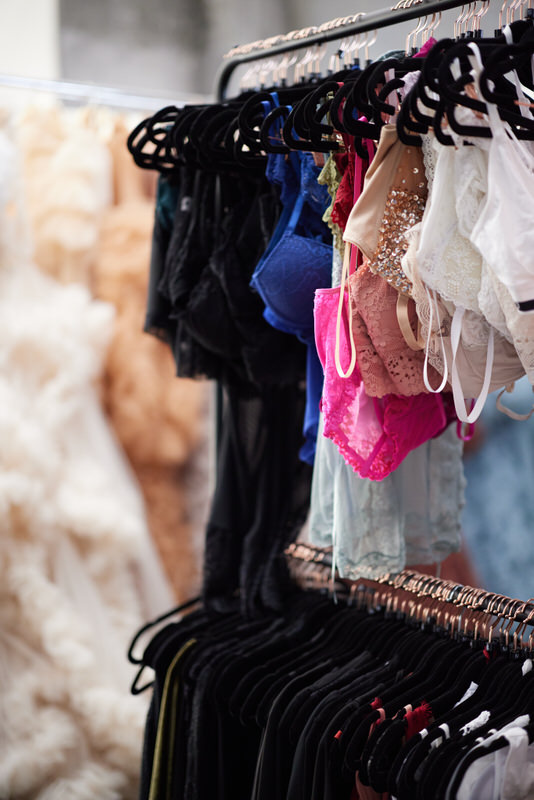The Artistic Side of Nude Photography: A Timeless Celebration of the Human Form
Nude photography has been one of the most powerful and expressive art forms throughout history. From ancient sculptures to Renaissance paintings to modern fine-art portraiture, the unclothed human body has served as a symbol of beauty, emotion, vulnerability, and strength. Today, nude photography continues to be celebrated not for shock value, but for its ability to transform the human form into art.
When approached with professionalism, intention, and respect, it becomes an elevated experience—one rooted in creativity, self-expression, and timeless artistry.
1. Nude Photography as Fine Art
At its core, nude photography is about appreciating the natural beauty of the human body. Without clothing, accessories, or distractions, the focus shifts entirely to form, structure, movement, and emotion. The body itself becomes the artwork.
Artists and photographers have long gravitated toward nude photography because it allows for pure artistic expression. Each line, curve, and shadow invites the eye to explore composition in its most authentic state. The absence of wardrobe transforms the subject from a person in an outfit into a sculptural form shaped by light, angle, and emotion.
Photography the human form is not about perfection—it is about presence.
It celebrates beauty in all its diversity, honoring every body as art.
2. The Power of Light and Shadow
One of the most defining artistic elements of nude photography is the use of light. Because the body is the central subject, lighting becomes the paintbrush of the image—shaping, defining, and elevating the form.
Soft Light
Soft, diffused lighting wraps gently around the body, creating smooth transitions and a dreamy, romantic feel. It enhances natural curves and adds a sense of intimacy and warmth.
Dramatic Light
Strong, directional lighting introduces bold shadows that sculpt the body’s shape, creating powerful, high-contrast images. This style of nude photography leans toward the sculptural and cinematic.
Silhouette Lighting
Silhouettes reduce the body to pure form, emphasizing outline and movement rather than detail. This approach is stunning for clients seeking abstract or minimalistic fine-art images.
In nude photography, light does far more than illuminate—it becomes an expressive tool that adds emotion, mystery, and depth to each portrait.
3. Posing as an Artistic Language
Because nude photography highlights the body itself, posing plays a significant artistic role. Every pose becomes a form of expression. A soft, curled pose may evoke vulnerability, while a strong, elongated pose can communicate confidence and empowerment.
Subtle shifts create dramatic changes:
- a tilt of the chin
- a gentle curve of the spine
- the extension of a leg
- a relaxed hand versus a tense one
In artistic nude photography, the pose is never random. It is sculpted with intention—balancing the lines of the body, the direction of light, and the emotional tone of the portrait.
4. Minimalism that Enhances Emotion
One of the unique strengths of nude photography is its inherent minimalism. With no clothing or props competing for attention, the image becomes deeply emotional and focused.
Minimalism amplifies:
- connection
- vulnerability
- strength
- authenticity
- emotion
This simplicity gives nude photography a timeless quality. The viewer connects directly with the subject’s expression, body language, and presence—allowing the images to feel intimate, artistic, and evocative.



